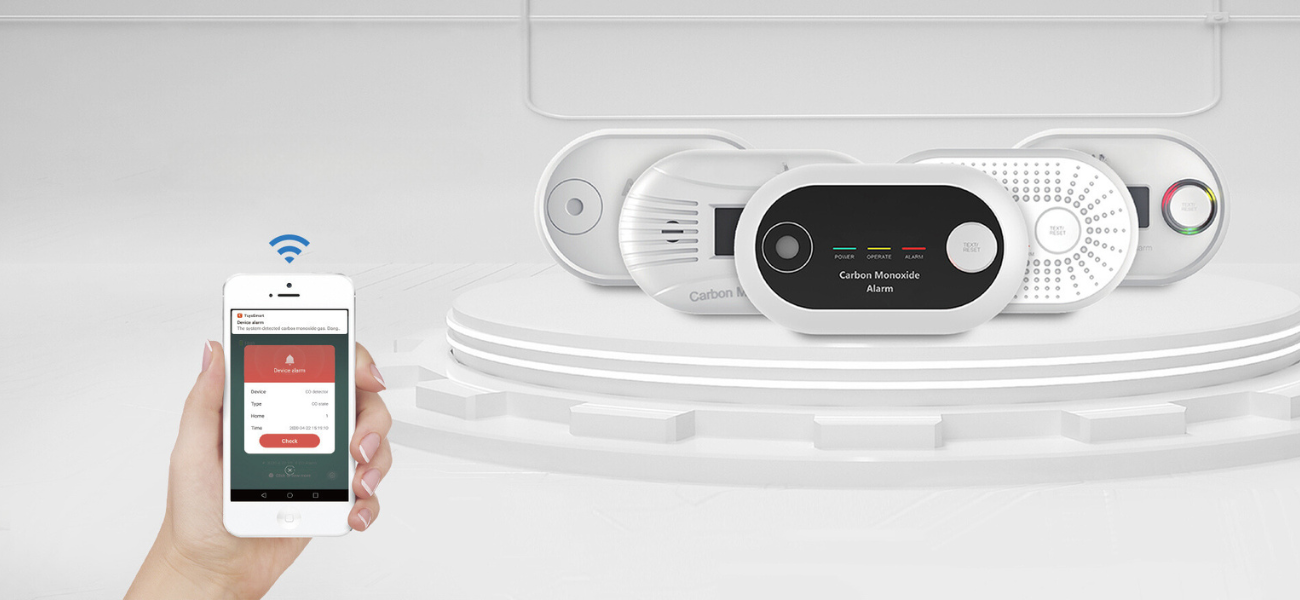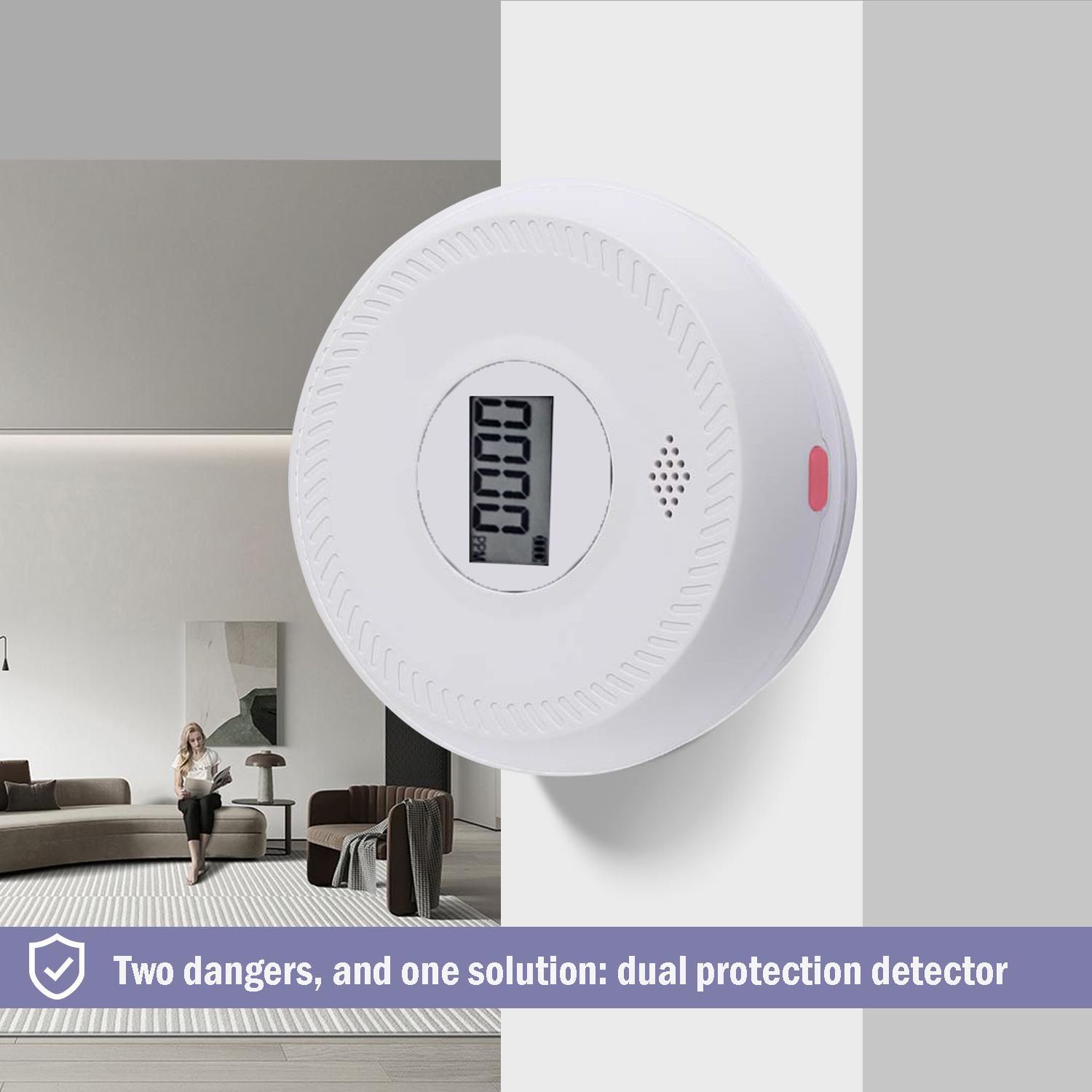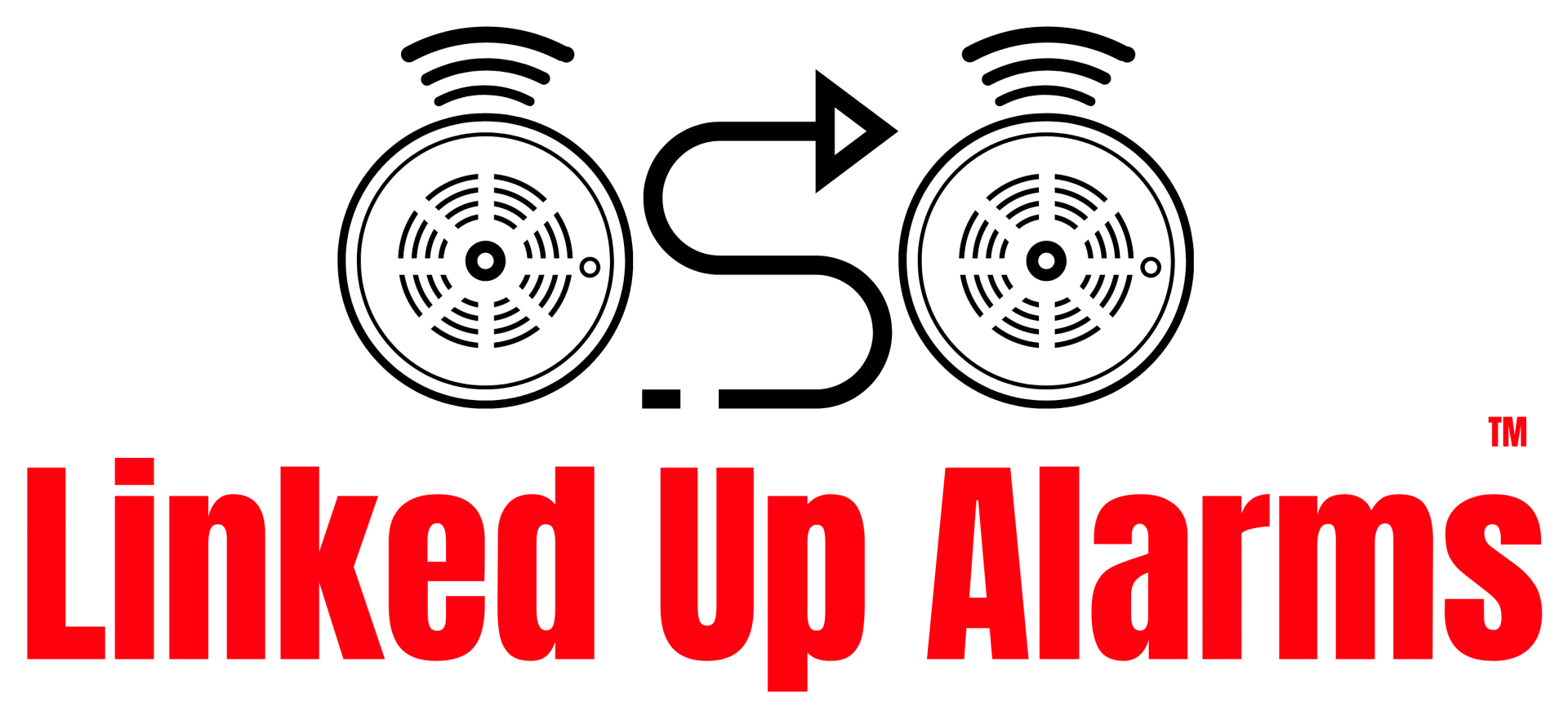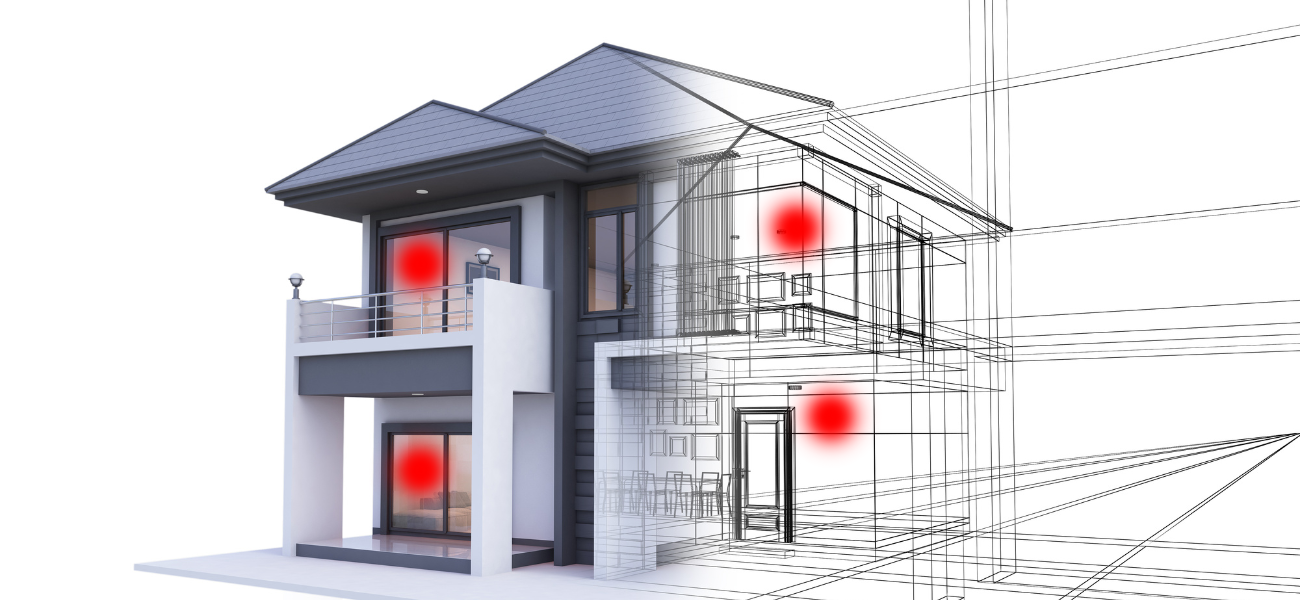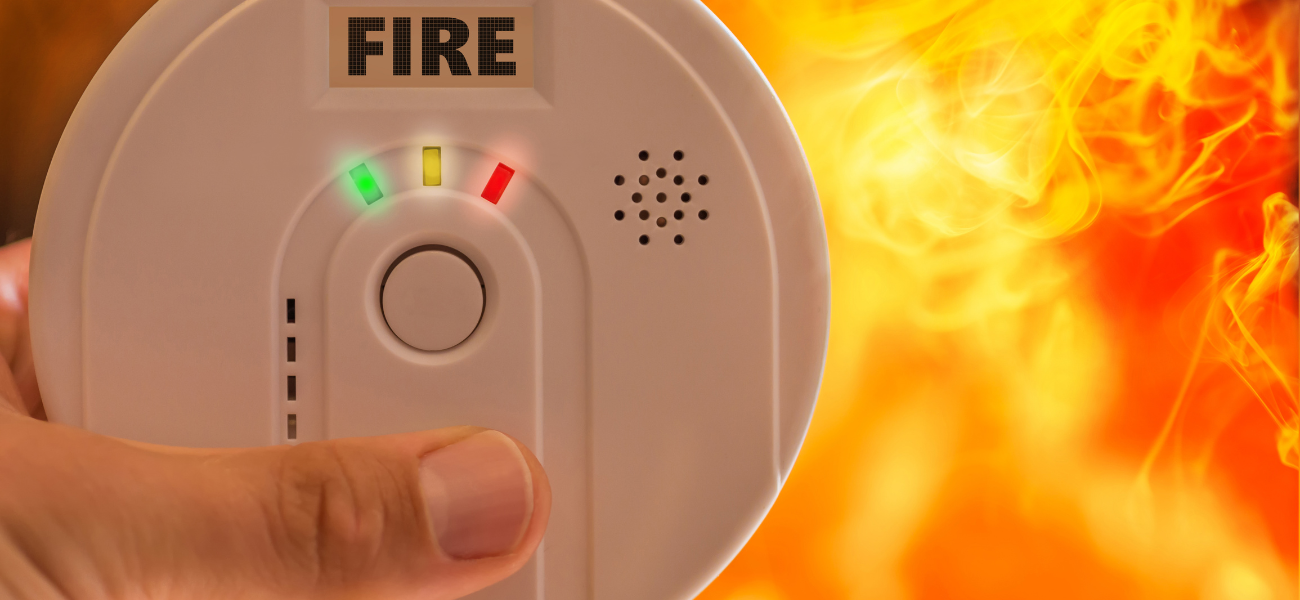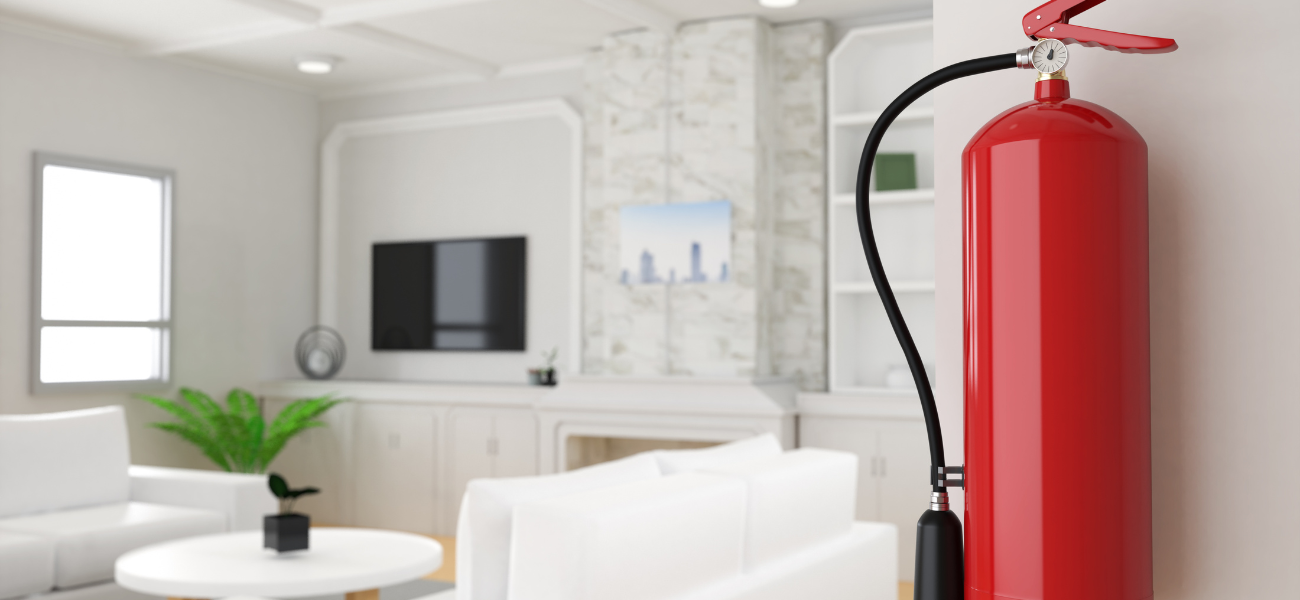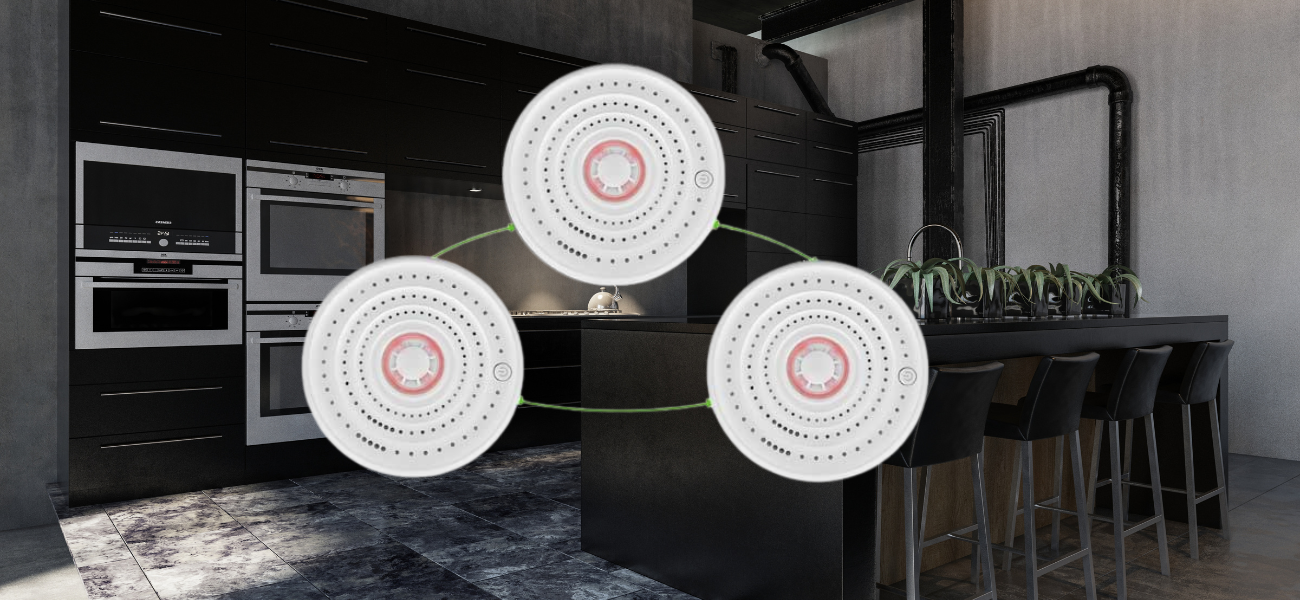How to Choose the Best Interlinked Smoke Alarms
Interlinked smoke alarms provide superior protection for your home. This guide explores types, benefits, and key factors to consider when selecting the best system, ensuring you make an informed decision to safeguard your family and property against fire hazards.
Key Takeaways:
- Interlinked alarms offer increased safety and early detection
- Choose between hardwired and wireless interconnection methods
- Consider both smoke and heat alarms for comprehensive protection
- Decide between battery-powered, mains-powered, or combination alarms
- Ensure proper placement and regular maintenance for optimal performance
What are the most important factors to consider when choosing interlinked smoke alarms?
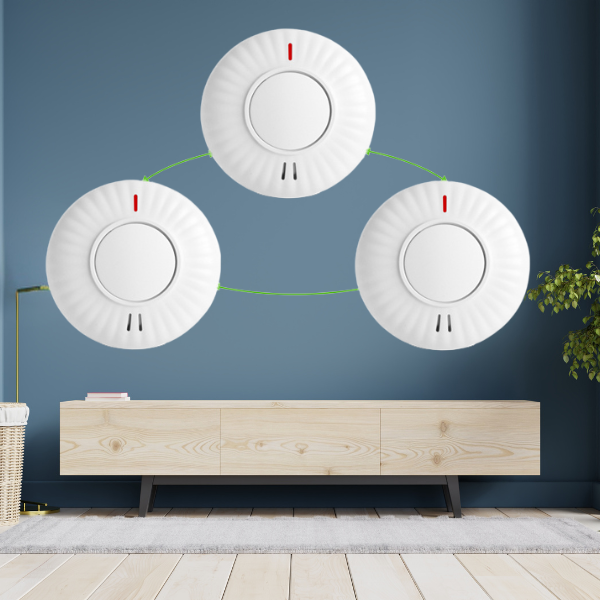 Shop Alarms
Shop AlarmsThe key factors to consider when choosing interlinked smoke alarms are:
- Alarm type (smoke, heat, or combination)
- Interconnection method (hardwired or wireless)
- Power source (battery, mains, or both)
- Number of alarms needed
- Brand reliability and features
- Compliance with local regulations
What Are Interlinked Alarms?
Interlinked alarms are like a team of vigilant guardians for your home. Imagine a group of smoke and heat detectors that talk to each other. When one spots trouble, it doesn't keep it to itself – it shouts out to all its team mates. This means if there's a fire in your basement, the alarm in your bedroom will know about it right away. It's this teamwork that makes interlinked alarms so effective at keeping you safe.
Benefits of Interlinked Alarms
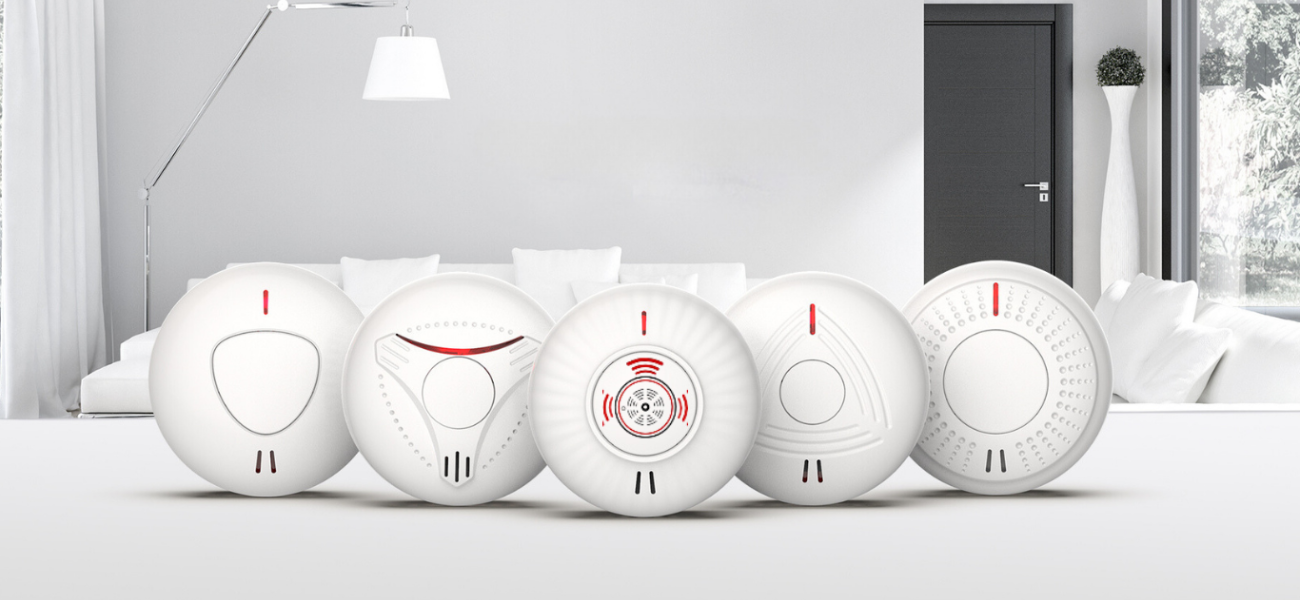
- Increased Safety: Let's face it, fires don't care if you're asleep or in the shower. With interlinked alarms, you're covered no matter where you are in your house. If there's a fire in the garage, you'll hear about it even if you're up in the attic. This full-house alert system gives you precious extra seconds to get out safely.
- Early Detection: Time is everything when it comes to fires. Interlinked alarms are like having a super-fast game of telephone in your house. The moment one alarm detects trouble, they all know about it. This rapid response can mean the difference between a small, manageable fire and a full-blown inferno.
- Comprehensive Coverage: If you've got a big house, multiple floors, or even separate buildings like a garage or workshop, interlinked alarms have got you covered. They ensure that a fire in any part of your property won't go unnoticed, even if you're nowhere near the source.
- Enhanced Accessibility: For folks with hearing difficulties or mobility issues, interlinked alarms are a game-changer. They can be connected to vibrating pads or flashing lights, ensuring everyone in the house gets the message, regardless of their abilities.
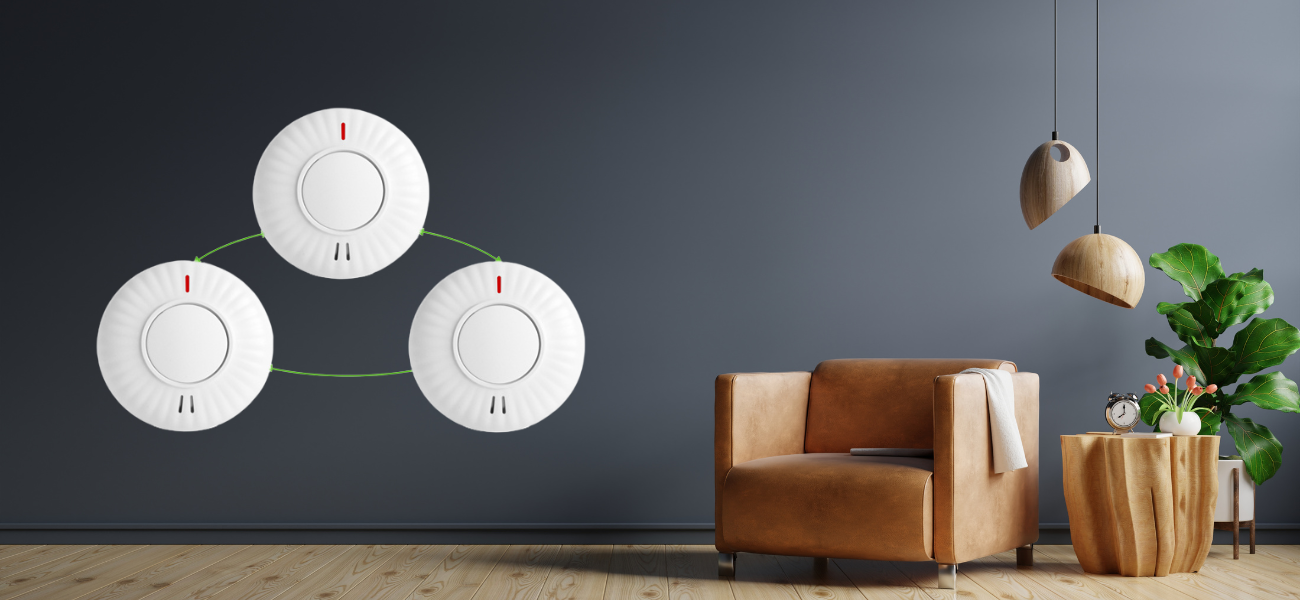
Types of Alarms:
- Smoke Alarms: These are your front-line defenders. They come in two main types:
- Ionization alarms: Think of these as the sprinters of the alarm world. They're quick to spot fast, flaming fires. Great for catching a fire that's spreading rapidly.
- Photoelectric alarms: These are more like the marathon runners. They excel at detecting slow, smouldering fires that might be lurking in your furniture or walls.
- Heat Alarms: These are the cool customers of the alarm world. They don't react to smoke, making them perfect for kitchens where a bit of burnt toast won't set them off. Instead, they keep an eye on temperature spikes, alerting you when things get too hot to handle.
- Carbon Monoxide Alarms: Don't overlook these silent guardians. Carbon monoxide is odourless and invisible, making it a sneaky killer. These alarms are essential near fuel-burning appliances like gas stoves or fireplaces.
Interconnection Methods:
- Hardwired: Think of this as giving your alarms a permanent phone line to chat with each other. They're connected through your home's electrical system. Pros: They're reliable and don't need battery changes. Cons: Installation can be a bit of a hassle, especially if you're retrofitting an older home.
- Wireless: These alarms are like a group chat for your home safety. They use radio waves to communicate. Pros: Easy to install and you can add new alarms to the network without tearing up your walls. Cons: You'll need to keep an eye on battery levels, and occasionally, other wireless devices might try to butt into their conversation.
Client Success Story: Sharon's Smart Home Safety Upgrade
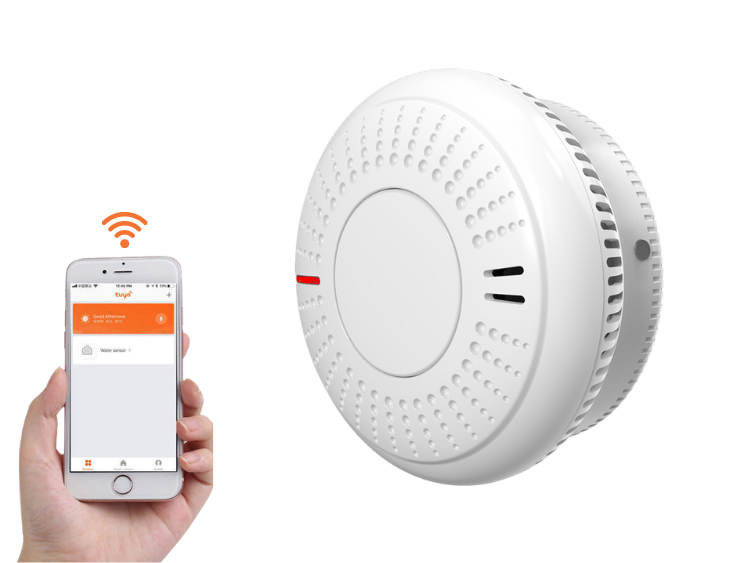
Sharon, a homeowner in Glasgow, recently decided to upgrade her home's fire safety system. She knew she needed to comply with Scotland's new regulations but wanted a solution that would offer more than just the basics. After researching her options, Sharon chose a wireless interlinked system from Linked Up Smoke Alarms, including their WiFi-enabled model.
Here's what Sharon's new setup includes:
- Wireless interlinked smoke alarms in her living room and upstairs hallway
- A heat alarm in the kitchen
- A WiFi-enabled smoke alarm in the main bedroom
Benefits Sharon now enjoys:
- Peace of Mind: With all alarms interlinked, Sharon knows she'll be alerted no matter where in the house a fire starts.
- Easy Installation: The wireless system meant no messy wiring or redecorating.
- Smartphone Alerts: Thanks to the WiFi alarm, Sharon receives notifications on her phone if any alarm is triggered, even when she's away from home.
- Future-Proof: The system is easily expandable if Sharon decides to add more alarms later.
- Compliance: Her new setup meets and exceeds Scotland's regulations.
- Remote Testing: Sharon can check and test her alarms via her smartphone app.
- Long Battery Life: The alarms use long-life lithium batteries, reducing maintenance needs.
- Smart Home Integration: The WiFi alarm connects with Sharon's other smart home devices for a cohesive system.
Sharon says, "I feel so much safer now. Knowing I can check on my home's safety from anywhere gives me real peace of mind. Plus, the installation was a breeze – no electrician needed!"
By opting for a wireless system with a WiFi-enabled option, Sharon not only met legal requirements but also gained additional features that enhance her home's safety and her own convenience. Her story shows how modern technology can make home fire safety both more effective and user-friendly.
Scottish Government & UK Legal Requirements
Scotland's Requirements:
Every home must have:
- One smoke alarm in the living room
- One smoke alarm in every hallway and landing
- One heat alarm in the kitchen
- One carbon monoxide detector if you have fuel-burning appliances
:All alarms must be
- Ceiling mounted
- Interlinked (when one goes off, they all go off)
Power options:
- Mains-powered with battery backup, or
- Long-life lithium battery powered (lasting up to 10 years)
These rules apply to all homes, whether owned or rented.
England's Requirements:
At minimum, homes need:
- One smoke alarm on each floor with living space
For private rented properties:
- Smoke alarms on every floor with living space
- Carbon monoxide alarms in rooms with solid fuel appliances (like wood burners)
- There's no legal requirement for alarms to be interlinked in England.
- Battery-powered alarms are acceptable, no need for mains power.
- Landlords must ensure alarms are working at the start of each new tenancy.
Key Differences:
- Scotland requires interlinked alarms; England doesn't
- Scotland mandates a heat alarm in kitchens; England doesn't
- Scottish rules apply to all homes; some English rules focus on rentals
- Scotland specifies ceiling-mounted alarms; England doesn't
Remember, these are minimum requirements. For best safety, consider going beyond these basics, especially in England where the rules are less stringent.
Additional reading
Fire and smoke alarms: changes to the law - gov.scot (www.gov.scot)
London Fire Brigade - Smoke alarms and heat detectors
https://www.london-fire.gov.uk/safety/the-home/smoke-alarms-and-heat-detectors/
Installation and Maintenance Tips:
Taking care of your alarms is like maintaining any important relationship – it needs regular attention to work well.
- Follow the Manual: I know, I know, nobody likes reading manuals. But trust me, the few minutes it takes can save you headaches down the line.
- Monthly Check-ups: Make it a habit to test your alarms once a month. It's as easy as pressing a button – think of it as a quick health check for your home's safety system.
- Battery Changes: For battery-powered units, swap them out every six months. Pro tip: Do it when you change your clocks for daylight savings – easy to remember!
- Keep 'em Clean: Dust and debris can make your alarms oversensitive or even block them from working. A quick vacuum or gentle wipe every now and then keeps them in top shape.
- Know When to Say Goodbye: Alarms don't last forever. Most need replacing every 5/7 years. Mark the installation date on the alarm's base so you know when it's time for an upgrade.
Summing up
:
Choosing the right interlinked alarm system is a bit like assembling your home's personal firefighting team. It might seem like a lot to think about, but it's worth the effort. After all, we're talking about keeping you, your loved ones, and your property safe.
Remember, the best system is the one that fits your specific needs and that you'll maintain properly. Don't be afraid to ask questions when you're shopping around. And once you've got your system in place, pat yourself on the back – you've just significantly upped your home's safety game.
